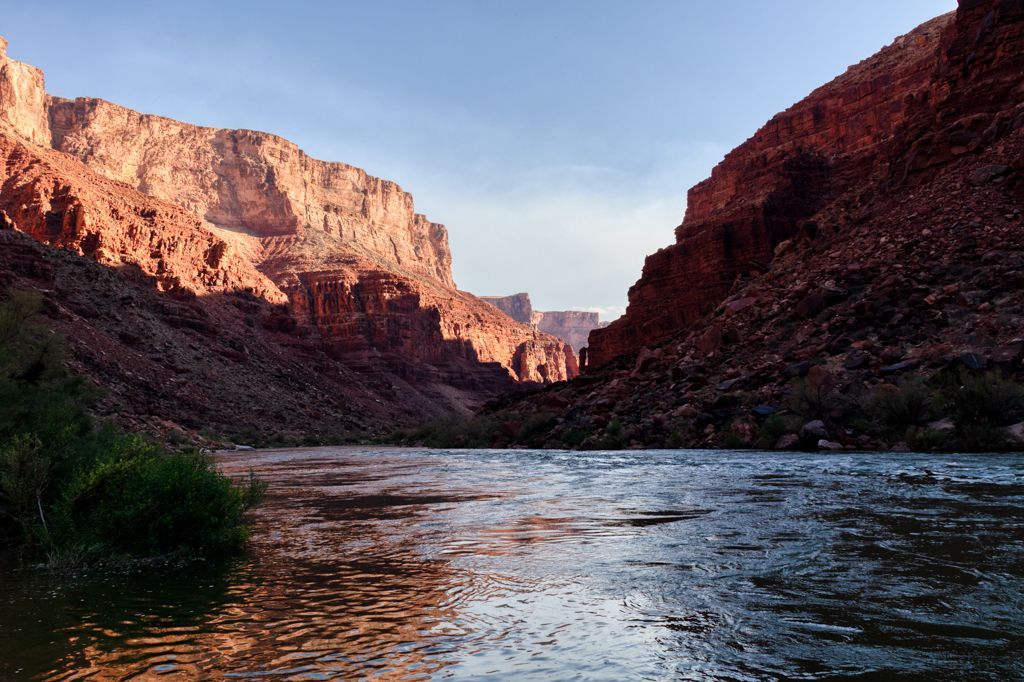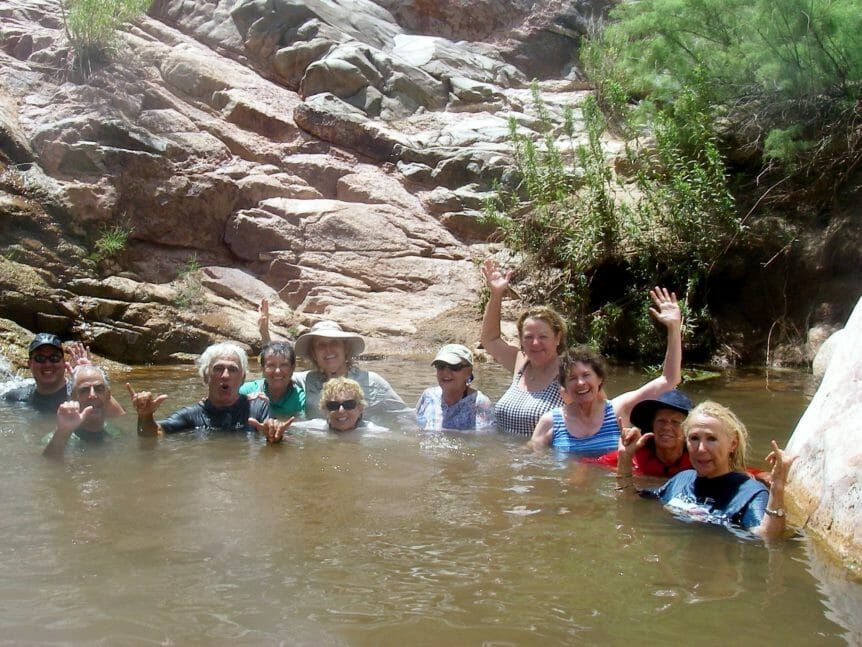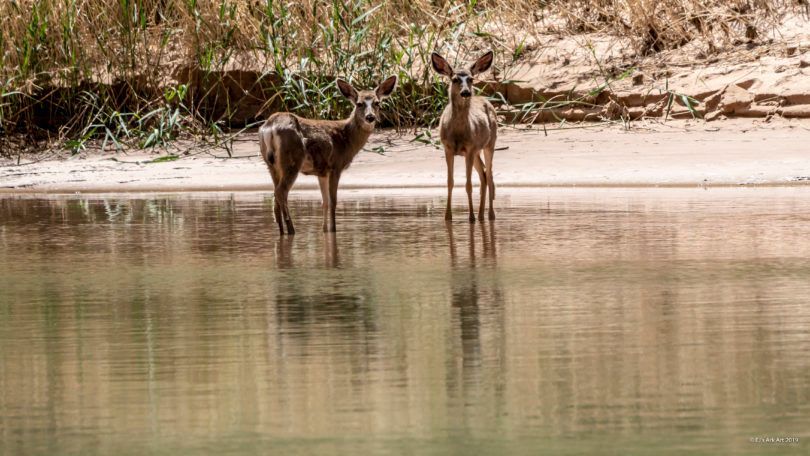Enhancing Your River Photography: Light and Composition Tips

Introduction to River Photography
Welcome to the world of river photography, where water flows, light dances, and nature’s beauty unfolds before your lens. Capturing the essence of rivers through photography is a delightful journey that allows you to blend artistry with the raw, unfiltered elements of the natural world.
In river photography, every image tells a story—a story of motion, reflection, and life along the water’s edge. Whether you’re a seasoned photographer or just starting out, the ever-changing dynamics of rivers offer a canvas of endless possibilities to explore and capture through your lens.
Through this guide, we will delve deeper into river photography, exploring how light and composition play vital roles in elevating your images from ordinary snapshots to captivating works of art. So, grab your camera, pack your creative spirit, and embark on a journey to enhance your river photography skills!
The Importance of Natural Light in River Photography
Natural light is the cornerstone of photography, and its significance is magnified in river photography. How light interacts with the water’s surface, casting reflections and creating a play of shadows, can transform a mundane scene into a mesmerizing composition.
The quality of light varies at different times of the day, imparting unique characteristics to your river photographs. The soft, golden hues of sunrise or sunset, the harsh light of midday, and the gentle glow of twilight each offer distinct opportunities to capture the beauty of rivers in different moods and tones.
Understanding the behavior of light and mastering its use in your river photography can elevate your images to new heights. Whether you seek dramatic contrasts, ethereal softness, or vibrant saturation, harnessing the power of natural light is key to creating compelling and evocative river photographs.
In the following sections, we will explore how different lighting conditions can impact your river photography and provide tips on maximizing the potential of natural light to enhance your images’ visual appeal and emotional impact.
Utilizing Golden Hour for Stunning River Shots
Among the most magical moments for river photography is the golden hour – that exquisite period shortly after sunrise or before sunset when the landscape is bathed in golden light. During this time, the river shimmers with a warm glow, the foliage takes on a soft radiance, and the entire scene is imbued with a dream-like quality.
Golden Hour presents a prime opportunity to capture enchanting river shots filled with warmth, depth, and a touch of enchantment. The low angle of light creates long, soft shadows, adds dimension to textures, and imparts a golden sheen that enhances the beauty of the water and surrounding elements.
As a river photographer, embracing the golden hour can elevate your images to extraordinary levels. It infuses them with a magical allure that captivates viewers and evokes a sense of tranquility and wonder. By harnessing the soft, golden light of this ethereal time, you can transform ordinary riverscapes into stunning works of art.
Mastering Composition Techniques for River Photography
While light sets the mood and tone of your river photographs, composition is the backbone that structures your visual narrative. How you frame your shots, choose your angles, and arrange elements within the frame can significantly impact the effectiveness and appeal of your images.
Composition techniques such as the rule of thirds, leading lines, framing, and visual balance are crucial in guiding the viewer’s eye, creating harmony, and drawing focus to the key elements of your river scenes. By mastering these techniques, you can create images that are not only visually engaging but also emotionally compelling.
In the world of river photography, each bend of the river, every ripple in the water, and the play of light and shadow offer endless opportunities for creative composition. By exploring different perspectives, experimenting with framing techniques, and paying attention to detail, you can craft images that tell rich, compelling stories and resonate with viewers on a deeper level.
Creating Depth and Interest in Your River Images
One key to captivating river photography is creating depth and visual interest in your images. You can infuse your photographs with depth and dimension by incorporating elements that lead the viewer’s eye into the scene and adding layers of foreground, middle ground, and background.
Foreground elements, such as rocks, foliage, or a boat along the riverbank, can serve as anchors that draw the viewer into the image and create a sense of scale. Meanwhile, middle-ground elements like flowing water, distant trees, or wildlife contribute to the overall narrative of the scene, adding context and visual richness.
To enhance the depth of your river images, consider incorporating background elements that provide context, atmosphere, or a sense of scale. Mountains in the distance, dramatic skies, or building reflections can add layers to your composition, enriching the visual storytelling and inviting viewers to immerse themselves in the beauty of the river landscape.
Book your photography trip
Now it’s time to book your photography trip! See you soon!







